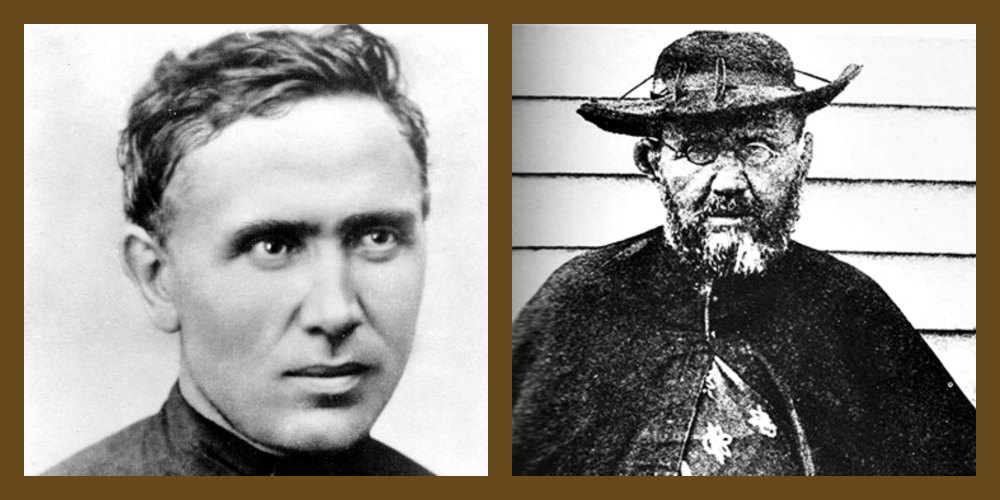Hawaii History:
(from “History of the Catholic Mission in the Hawaiian Islands” by Father Reginald Yzendoorn, SS.CC., Honolulu Star-Bulletin Ltd., Honolulu, Territory of Hawaii, 1927)
(continued from May 27th)
This Paao, who was believed to be a priest from another country, was said to have built the temple Molokini at Puuepa, North Kohala, where he resided and officiated. To him, the priests of that neighborhood traced their geneology until very recently.
Afterwards, other stray travelers came, the incidents of whose arrival throw some light on the race of Paao and his companion Pili (or Opili or Opiri).
“During the lifetime of Opiri, the son of Paao, a number of foreigners (white men) arrived at Hawaii, landed somewhere in the southwest part of the [Big] Island, and repaired to the mountains, where they took up their abode. The natives regarded them with a superstitious curiosity and dread, and knew not whether to consider them as gods or men. Opiri was sent for by the king of that part of the island where they were residing and consulted as to the conduct to be observed towards them. According to his advice, a large present of provisions was cooked and carried to them. Opiri led the procession, accompanied by several men, each carrying a bamboo cane with a piece of white native cloth tied to the end of it. When the strangers saw them approaching their retreat, they came out to meet them. The natives placed the baked pigs and potatoes, etc., on the grass, fixed their white banners in the ground, and then retreated a few paces. The foreigners approached. Opiri addressed them. They answered, received the presents, and afterwards conversed with the people through the medium of Opiri. The faculty with which they could communicate their thoughts by means of Opiri . . . was attributed to the supposed influence of Opiri with his gods. The foreigners, they imagined, were supernatural beings, and as such were treated with every possible mark of respect. After remaining some time on the [Big] Island, they returned to their own country. No account is preserved of the kind of vessel in which they arrived or departed. The name of the principal person among them was Manahini . . . .”
(Narrative of a Tour through Hawaii, 1828, p. 398 – The first place the missionaries visited after leaving Kailua, was either Luapua or Honuaula, both in North Kona. Pol. Researches IV, 437.)
(to be continued tomorrow)
Blessings, pono & pule!
Fr. Brian Guerrini, ss.cc.
Priest
Molokai
